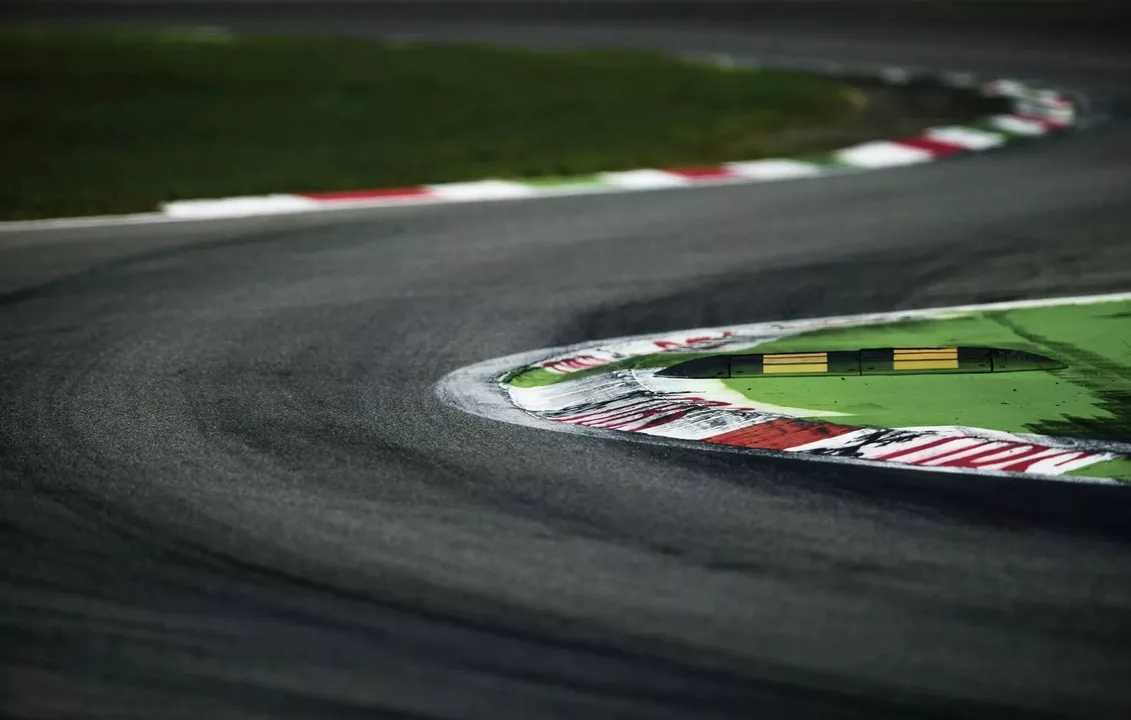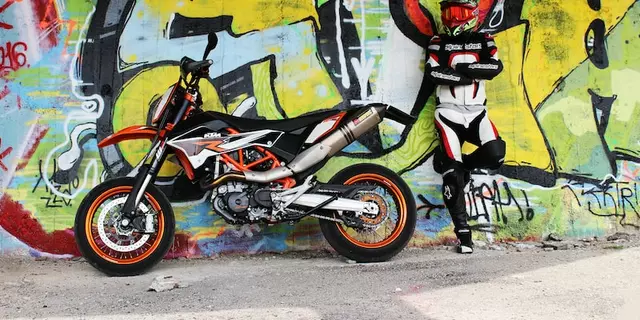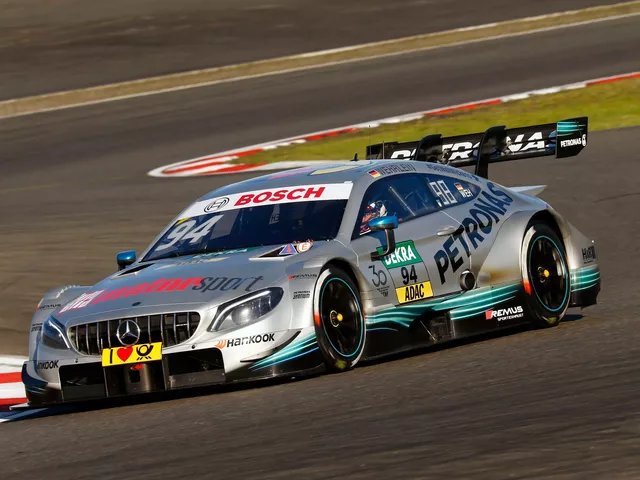Dogleg vs Chicane – What Sets Them Apart on the Track
If you’ve ever watched a race and wondered why some turns look like a quick bend while others feel like a tiny maze, you’re not alone. The two most common shapes are the dogleg and the chicane. Knowing what they are and why they exist can help you drive faster, set up better laps, and stay safer on any circuit.
What Is a Dogleg?
A dogleg is basically a 90‑degree turn that goes one way and then immediately back the other way. Imagine a short, sharp “L” that pushes the car off the straight line, then brings it back toward the original direction. The main goal is to break up a long straight and add a bit of excitement without trapping the car.
Because the entry and exit are close together, drivers can keep a higher speed compared to a tight hairpin. The key is to brake just enough before the turn, turn in, and then accelerate out as soon as the car points straight again. Most modern cars can handle a dogleg with a smooth flow if the driver chooses the right line.
Doglegs also give track designers a way to add variety without expanding the track footprint. You’ll see them on circuits that need a quick change of direction but still want to keep the lap time fast.
What Is a Chicane?
A chicane is a series of left‑right (or right‑left) bends placed close together, often with short straight sections in between. Think of it as a mini‑obstacle course that forces drivers to slow down more than a dogleg does.
The purpose of a chicane is mostly safety. By tightening the track at a certain point, it reduces the speed of the cars before a dangerous section, like a high‑speed corner or a jump. It also tests driver skill – a good chicane line can save tenths of a second, while a bad one costs a lot.
From a design perspective, chicanes let engineers control the flow of a circuit without adding major new sections. They can be simple S‑shapes or more complex patterns, but the core idea stays the same: force a quick change of direction to keep the cars in check.
For drivers, the best approach is to look ahead, pick a smooth line that avoids harsh steering inputs, and keep the car balanced through each mini‑turn. Braking a little earlier than you think and being gentle on the throttle can make the difference between a clean exit and a spin.
In practice, the line you choose for a dogleg will be wider and more aggressive, while a chicane demands precision and a tighter apex. Both require a good feel for the car’s balance, but the techniques differ enough that a driver who masters one should still practice the other.
So, when you’re setting up a lap, ask yourself: Is this a dogleg where I can keep momentum, or a chicane where I need to bite the brakes and focus on a clean entry? Understanding the purpose of each turn lets you choose the right gear, the right line, and the right amount of throttle.
Next time you hit a new circuit, spend a few seconds looking at the map. Spot the doglegs and plan a fast, flowing line. Spot the chicanes and plan a slower, more precise approach. Simple, practical, and it will shave time off your lap.

What is the difference between a dogleg and a chicane?
A dogleg and chicane are both types of turns in a race track. A dogleg is a 90 degree turn that curves in one direction and then curves back in the opposite direction. A chicane is a series of alternating left and right turns, often with small straightaways in between. Both are used to slow down the cars and improve safety. Doglegs can also be used to create a more exciting track layout. Chicanes, however, are more frequently used on tracks where safety is of utmost importance.
View More



